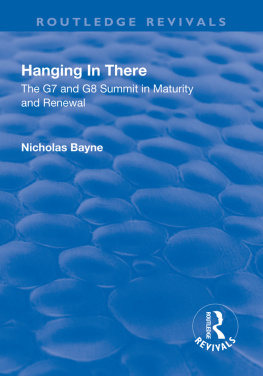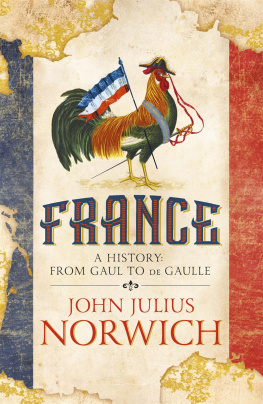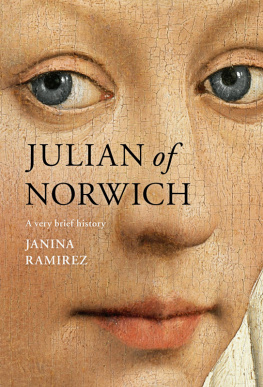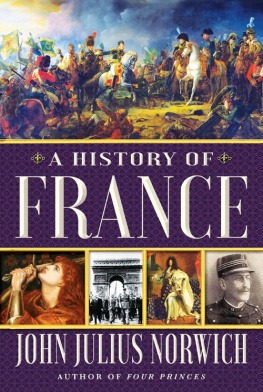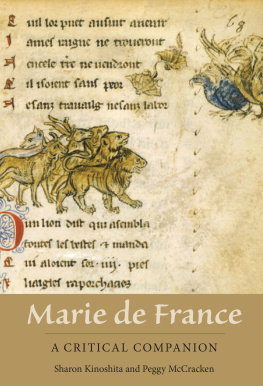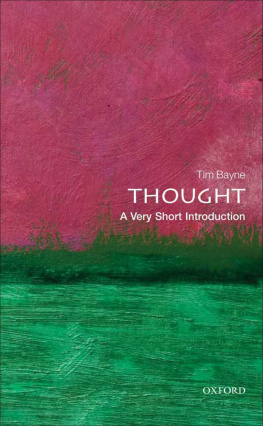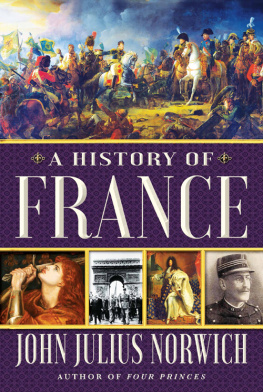PREFACE.
Some account of the sources of information should be given in the preface to a history, in order to assure the reader of the authenticity of the narrative. No one can have turned over a booksellers catalogue of local historical publications without observing how few they are in comparison with the extent and importance of the particular district in view. The fact is, that most of the productions of the early authors are either very scarce or are entirely out of print. No city or county can boast of so many industrious topographers and antiquarians as Norwich and Norfolk. If we arrange them in alphabetical order, we have:Ames, Beatniffe, Blomefield, P. Browne, Brettingham, Sir Thomas Browne, Chambers, Cory, Cotman, Dixon, Eldridge, Sir Richard Elles, Forby, Sir John Fenn, Sir Andrew Fountaine, R. Fitch, Gibson, Gillingwater, Hudson Gurney, Green, Gunn, Gurdon, Harrod, Ives, Kent, J. Kirkpatrick, Le Neve, Lawrence, Mackerell, Manship (both father and son), Marshall, Tom Martin, Matchett, Neville, Nashe, Parkin, Prideaux, Quarles, Richards, Sir H. Spelman, Sir John Spelman, Clement Spelman, Swinden, Dawson Turner, Wilkins, Watts, Wilkinson, and the Woodwards (father and son). Most of these, however, were antiquarians, and contributed more to archology and topography than to history.
Mr. J. Kirkpatrick, in the early part of the eighteenth century, was the first who formed the plan of a regular historical narrative. He spent the greater part of his life in making researches and collecting materials for a history of Norwich; and he wrote an immense quantity of matter in thick folio volumes, the whole of which he left in MS. to the old corporation. They comprised
No. 1. A thick folio volume of the Early History and Jurisdiction of the City; date 1720.
No. 2. A similar folio volume, being an account of the Military State of the City, its walls, towers, ponds, pits, wells, pumps, &c.; date 1722.
No. 3. A thick quarto.
No. 4. Several large bundles, foolscap folio; Annals of Norwich.
No. 5. A fasciculus, foolscap folio; Origin of Charities, and Wills relating thereto, in each parish.
No. 6. Memorandum books of Monuments.
No. 7. Ditto of Merchants Marks.
No. 8. Ditto of Plans of Churches.
No. 9. Paper containing Drawings of the City Gates, and a plan of Norwich.
No. 10. Drawings of all the Churches.
No. 11. An immense number of pieces of paper containing notes of the tenure of each house in Norwich.
No. 12. A MS. quarto volume of 258 pages; the first sixty devoted to notes upon the Castle at Norwich, the remainder to an account of Religious Orders and Houses, and the Hospitals of the City.
After the new corporation was constituted, all Kirkpatricks MSS. were dispersed into different hands. The late Hudson Gurney, Esq., obtained possession of some of them, and published a very limited number of copies of those relating to the castle and to religious houses. Mr. Dawson Turner edited the last-named MS. (No. 12), and it was printed in 1845. He says that all the other MSS. had disappeared, but that they were safe in the custody of the old corporation, thirty years before (1815), when Mr. De Hague held the office of town clerk.
Fortunately, Mr. Kirkpatrick was the contemporary of the Rev. F. Blomefield, the historian of Norfolk, who appreciated his researches, and bore this testimony to his merits:
Mr. Kirkpatrick was a most laborious antiquary and made great collections for the city of Norwich, of which he published a large prospectus. In pursuing his studies, he worked with Peter Le Neve, Norroy; and as they were very intimate, they mutually exchanged their collections for this place, Mr. Kirkpatrick giving all his draughts to Mr. Le Neve, and Mr. Le Neve giving his to Mr. Kirkpatrick. To the labours of both these gentlemen I am exceedingly obliged, and did I not acknowledge my obligations in this public manner, I should inwardly condemn myself as guilty of the highest ingratitude.
Mr. Blomefield was, indeed, indebted to his deceased friend for the most valuable parts of his History of Norwich, published in 1742. It is the only part of his work which can be properly called history, the rest consisting of topographical descriptions of different hundreds and parishes in Norfolk. Mr. Blomefield began to print his History of Norfolk at his own press in his own house at Fersfield, in 1739, by subscription, and intended to publish a list of his subscribers when the whole was finished. During his life the History came out in monthly folio numbers; but he died when he had proceeded as far as page 678 of the third volume. This volume was completed by the Rev. Charles Parkin, rector of Oxburgh, Suffolk; and after his death was printed in 1769 by Whittingham, bookseller at Lynn, by whom the Continuation was published in two more volumes in 1777, these two volumes being very inferior to the previous three. Blomefields work is of course the chief source of information respecting Norwich, and it has been republished in many abridged forms, the best edition being that printed by J. Crouse for M. Booth, bookseller, in 1781, in ten vols., the last relating to Norwich. Many smaller abridgements have also been published, carrying on the narrative to a later date.
The most reliable authority for the whole of the eighteenth century is the Norfolk Remembrancer, compiled with great care by Mr. Matchett. R. Fitch, Esq., published a very full and accurate account of the Old Walls and Gates from J. Kirkpatricks MSS., illustrated with views by the late John Ninham. B. B. Woodward, Esq., F.S.A., librarian of the royal library at Windsor Castle, has also been a contributor to the history of the old city, but as yet we have only brief reports of his lectures On Norwich in the Olden Time, as published in the local journals. He directed attention to the purely fictitious accounts of the origin of the city to be found in the early historians, who drew in all good faith on their fertile imaginations. He gave a much more probable account, and described the progress of the city at different periods, as quoted in the following pages. Mr. Harrod, too, has contributed a good deal to more accurate views of early periods, especially in relation to the earth-works of the castle, and to the monasteries.
The chapters on the Rise and Progress of Nonconformists in Norwich in this history, are the first given in any work of the kind, and supply information which will readily account for the political condition of the city. From a few hundreds in the seventeenth century, the Nonconformists have so greatly increased that now they number many thousands, and have at the same time attained to considerable wealth and influence.
The chapters on Trade and Commerce supply a new feature in Norwich history, and are very important to men of business. The information on this head, including the history of the Manufactures and of the Wholesale Trade of the city, is for the most part taken from Essays, by the compiler, to which the prizes were awarded at the Norwich Industrial Exhibition of 1867.



